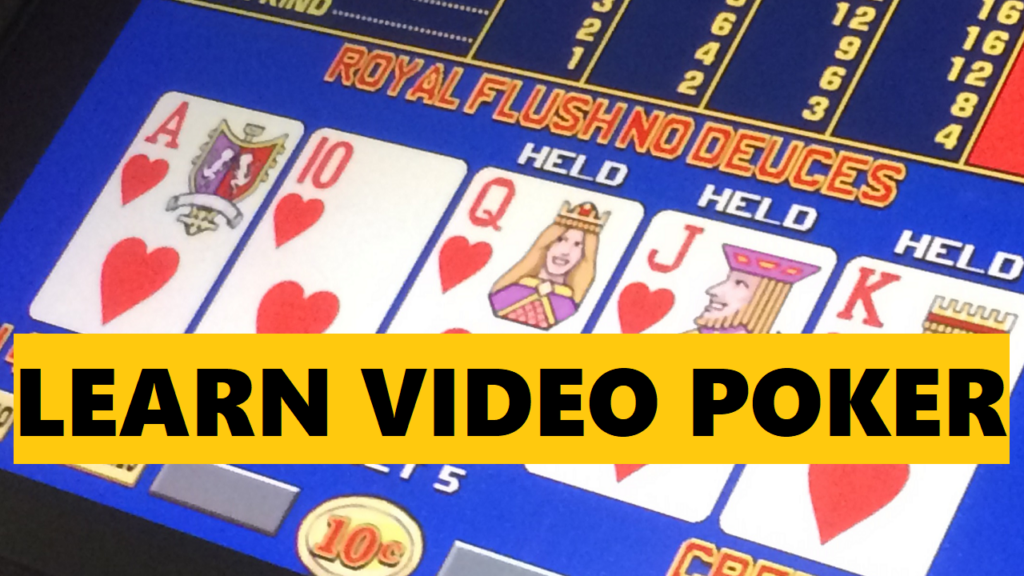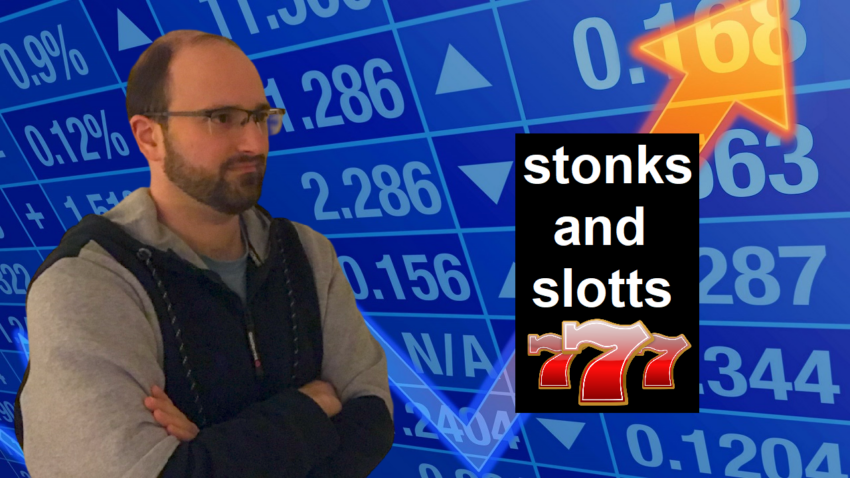What is volatility? You may have heard the term before, depending on the context. Slot channels these days are using this word more often. More likely, you may have first heard it being used within the context of finance or investing. In today’s lesson, I am going to explain what volatility is and share some real examples. By the end of the video, with proper planning, you will realize that volatility is not that big of a boogeyman that many people think.
DEFINITION OF VOLATILITY
Doing a quick Google search on “what is volatility,” I see that the top result was taken from Oxford which says that volatility is “liability to change rapidly and unpredictably, especially for the worst.” Investopedia defines it as a measure of “how much the price of a security, derivative, or index fluctuates.” I would agree that it is definitely true that when something is volatile, it is typically unpredictable, especially in the short term. We experience volatility in every aspect of our lives, not just with money. On the drive to work, you might get into an accident, you might have to deal with road rage, or you may have to sit in traffic for longer than usual. Or something unexpectedly breaks in the house, you get the gist of it. Hopefully these do not happen to you. Even if they did, life goes on and after a few years it no longer matters. Let’s take a look at an example of volatility from within a casino environment.
VOLATILITY IN A SLOT MACHINE
Imagine a scenario where you sit down to play at a gaming machine. In real life, we do not know what the payback percentage for this game is, but let’s assume the casino had set it to 95%. Does that mean if we play $100 into the machine, we will receive $95 back? Well… not really. That is where volatility comes in. Every spin of a slot machine, or of a roulette wheel, is a random event and more often than not, we would have deviated from the expected return of 95%, whether we played the $100 in one spin or a hundred spins of a dollar each. Most of the time, we will end up with less, but sometimes we may end up a winner. This is the reason people flock to casinos. The existence of some volatility provides a chance for a person to beat the odds, even for just a short while. In casinos, volatility goes by a different name that we all know, and that is “luck.” When a player has volatility to the upside, he or she is said to be “lucky.”
LOW VS. HIGH VOLATILE SLOTS
Now I am going to share some examples of slot and video poker games that are low and high in volatility. A low volatile game will usually be simple, have few combinations of symbols, and a relatively low top prize. For slots, games like Double Diamond, Triple Diamond, and Blazing Sevens come to mind. For video poker, Jacks or Better and Bonus Poker are obvious examples. On the other hand, a high volatile game will typically be complex, have many symbols and possible combinations, a variety of bonus rounds, and a large top prize, sometimes a progressive jackpot. Examples for slots include Dragon Link, Huff and Puff, Megabucks, and any game based on a movie or TV show such as Willy Wonka and Wheel of Fortune. In video poker, you can spot a high volatile game when you notice that the payouts for the harder-to-hit poker hands like 4 of a Kind are higher at the expense of easier-to-hit hands. Examples here include Triple Double Bonus and Loose Deuces.
VOLATILITY IN FINANCE
Before we continue, I want to let you know that none of the assets discussed in this section of the video indicate an offering of financial advice. Be sure to do your own research before making an investment. Volatility is typically associated with risk, though that does not always means that a volatile investment is a risky one. I once heard a quote which says that “volatility is the price you pay for performance.”
Take Amazon for instance. All of us had purchased something from Amazon multiple times throughout our lives. Would you have invested in shares of the company back in the dot-com days? The price fell over 90% in just under two years between December 1999 and September 2001. Despite that, it proved over time to be a successful company. The stock bounced back and then some. Much more than some! As long as you thought that Amazon would be a long-term winner, based on your own research and judgement, then the volatility does not ultimately matter.
Another example of an asset that is well-known for its day-to-day price volatility is bitcoin. Simply looking at day-to-day price action and news articles online will make you think that it is way too risky. However when you zoom out and look at a multi-year chart you will notice that bitcoin’s price in dollars has so far consistently increased throughout its existence. This has made those that did their research and have been willing to ride out the volatility rewarded with one of the best investment performances over the past decade.
Even investments that are commonly deemed by many as safe and/or not very volatile can have bad years. The iShares 20+ Year Treasury Bond ETF, which tracks the results of an index composed of long-term U.S. Treasury Bonds, is down nearly half of what it was back in the summer of 2020; a consequence of the Federal Reserve’s rapid hiking of interest rates over the last couple of years.
IS VOLATILITY A PROBLEM?
Overall, should you be worried about volatility? Is it something that you should minimize? The answer to that is… it depends. Volatility is a measurement of how wide something fluctuates over time. It does not necessarily make it a bad thing. Now there are a few things in life that we do not want to see any volatility in at all.
One example is the process of making change. If I want change for a $100 bill, I should receive five $20s or ten $10s. There should not be a random chance of receiving a different amount, that would not be fair, wouldn’t it!
Another, more important example is with governance. The United States constitution was designed with a core set of rules that govern the country that most of my viewers are in. While there is a process to amend the constitution, it is difficult to achieve, hence why it rarely occurs. Volatility is not good to have in this case. How chaotic would American civilization be if the core foundation of our laws can be changed at a whim and within a short time frame?
One other example of governance is with Bitcoin’s code. While the price of bitcoin can be quite volatile in the short term as previously mentioned, the rules that govern the Bitcoin network are not. Key properties of Bitcoin are sacrosanct, such as the 21 million supply cap. To make a change, it would require a near-unanimous consent of the tens of thousands of nodes that are distributed across all continents. There have only been a few major changes to Bitcoin in its 15+ years of existence. The continued stability of the network and the certainty of the code that governs it is Bitcoin’s greatest strength.
HOW TO REDUCE VOLATILITY
The good news about volatility is that you have some control over it. When choosing a game at a casino, you can play it safe and stick with low volatile games. If you enjoy the rush of the high volatile machines, you can play with a reduced session budget or make smaller bets, which can help negate the big impact that such games have on a bankroll. When investing, you can limit your swings by allocating a smaller percentage of your portfolio to those assets that are highly volatile. One important tip: try not to use leverage when you invest. Even if the asset you are buying is a great one long-term, you are still at the mercy of short-term swings. With one bad day or hour, that can result in a margin call or wipe you out completely. That is definietly a lot of volatility most people cannot stomach!
CONCLUSION
Hopefully this article has helped you understand volatility. Remember, volatility is a short-term phenomenon, whether that happens at a day trip to the casino, or on a daily chart displaying the performance of your 401(k). If you have any questions or would like to add to the conversation, please feel free to leave them in the comment section of the YouTube video above.





